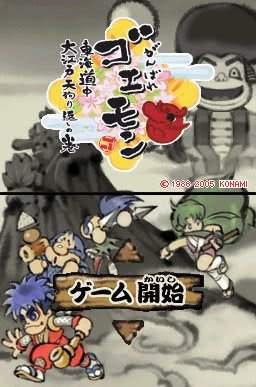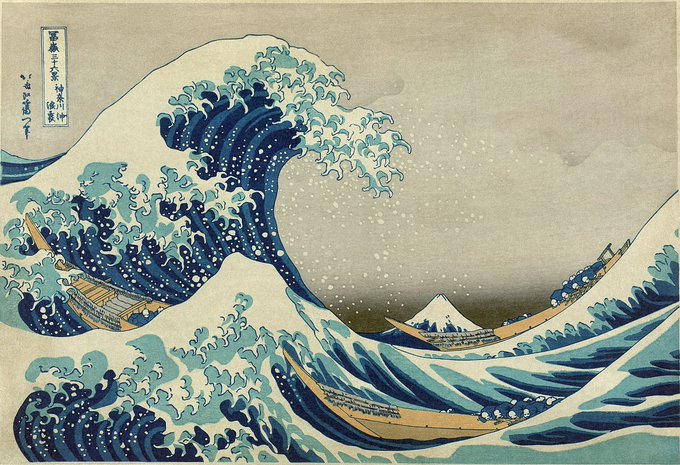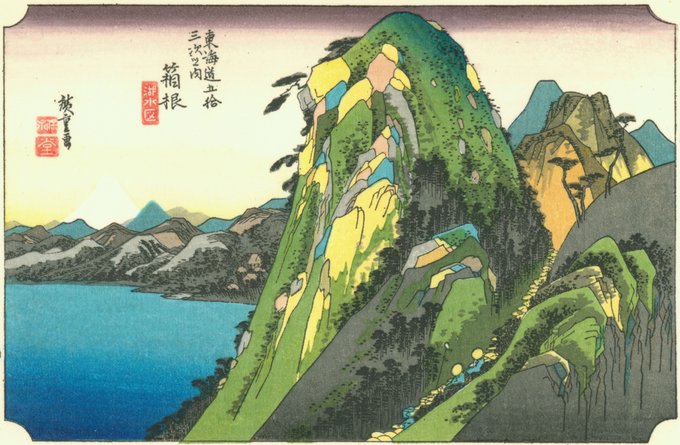#todayinGoemonhistory Ganbare Goemon ~Yukihime Kyūshutu Emaki~, the first game in the Ganbare Goemon series for the Super Famicom, was released today, on July 19, 1991. It was released outside Japan as The Legend of the Mystical Ninja.
This is pure speculation, but Tokaidochu felt like a farewell, and I suspect there were bitter feelings for the Goemon team re: Konami management. Given how prominent Goemon was, it’s surprising to see how little the games and characters have been featured since the DS game.
It is a really pleasant, laid-back, inventive game with a beautiful visual design, so I was surprised to find when I started this project that it is somewhat controversial among Goemon fans—manly for annoying plot points and tacky, occasional bitter jokes.
#todayinGoemonhistory
Under Yamauchi’s direction, the game became essentially an adaptation of Hiroshige Utagawa’s “Fifty-three Stations of the Tokaido Line.” Goemon and co had an adventure along the popular route from Edo to Kyoto overplayed on DS-fied ukiyo-e.
#todayinGoemonhistory
@iiotenki Konami also dropped Bomberman Goemon and Ebisumaru from the lineup, so I’m secretly hoping that Konami characters will show up as DLC… But then I remember this is Konami we’re talking about.
2. The Famicom couldn’t handle the large graphics of the arcade, but Konami gave/forced the Famicom team to work with 2 megabits to fit as much possible inside the cartridge. At the same time, Mr. Goemon was being playtested to some degree. 9/
The May release for Mr. Goemon is not unknown tbf but this is the best evidence we’ve got without obtaining a release schedule from Konami. @xnagawax posted a short article from Konami’s promotional magazine DS-3 about the Goemon series that mentioned it. I’ve translated that: 6/
It’s very much an RPG of the time: although Goemon and co travel around the world, their path is very linear. The battle system has some nuance to it, but it’s too simple by modern standards. Gaiden 2 was also built on the Gaiden “engine,” and you see a lot of reused assets. 3/
Konami had set up a new dev office in Tokyo in 1989 with Kazumi Kitaue as the head (producing eg Castlevania IV, Contra III) later turning to the Mega Drive and PC Engine. Eventually, they found success with PCE Tokimeki Memorial, moving to PlayStation next.
#todayinGoemonhistory
New Age feels very much like a GBA game from the era, with the odd mix of pixel and pre-rendered graphics, rotation effects, and disappointing audio. Overall, there’s something cheap about the game, although I prefer New Age’s updated designs to Shinsedai’s.
#todayinGoemonhistory



































